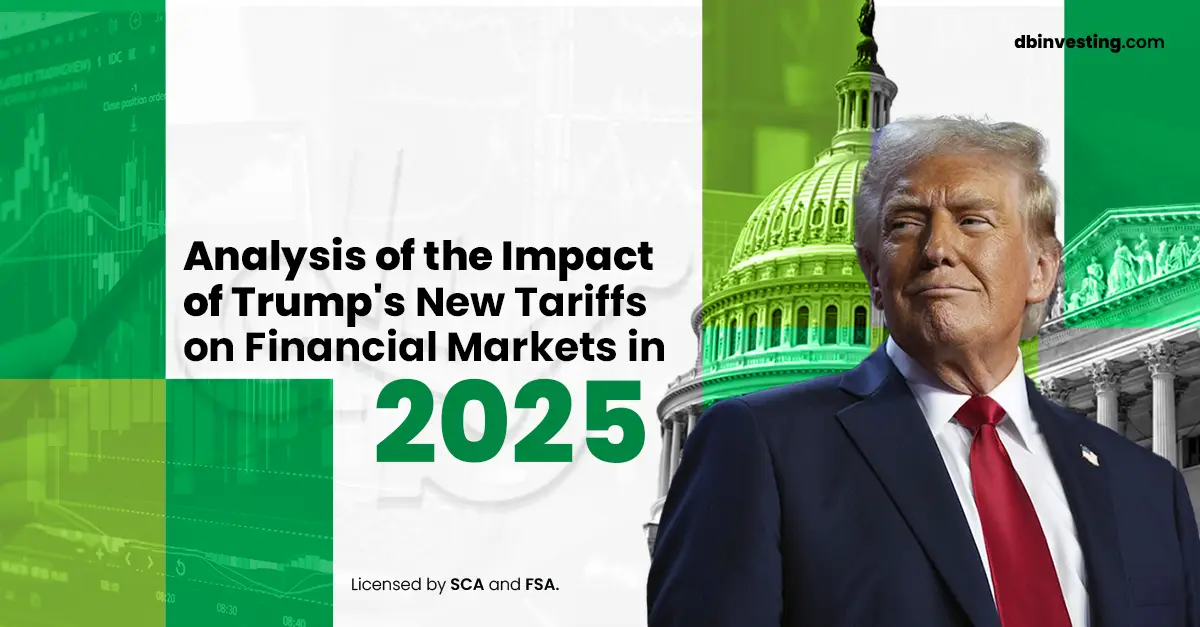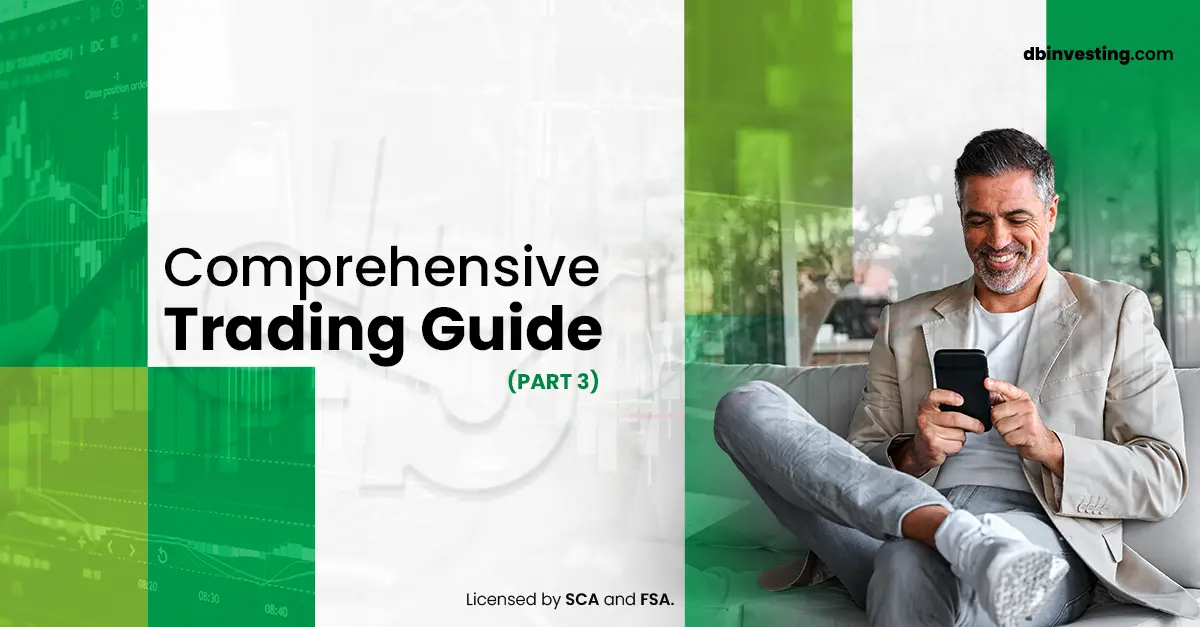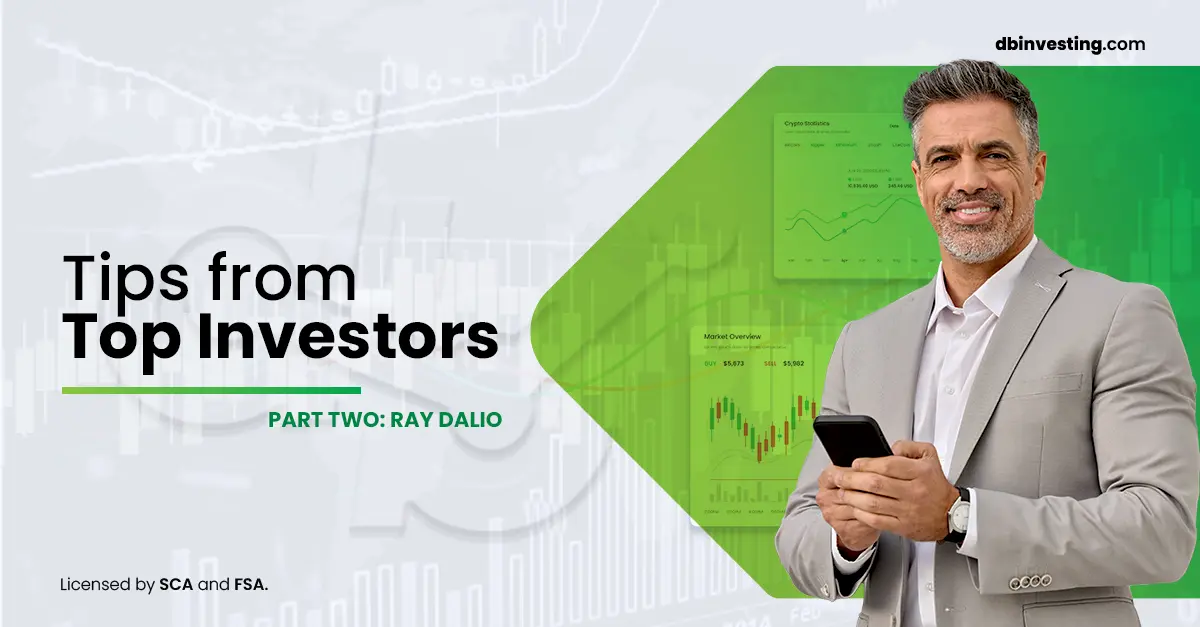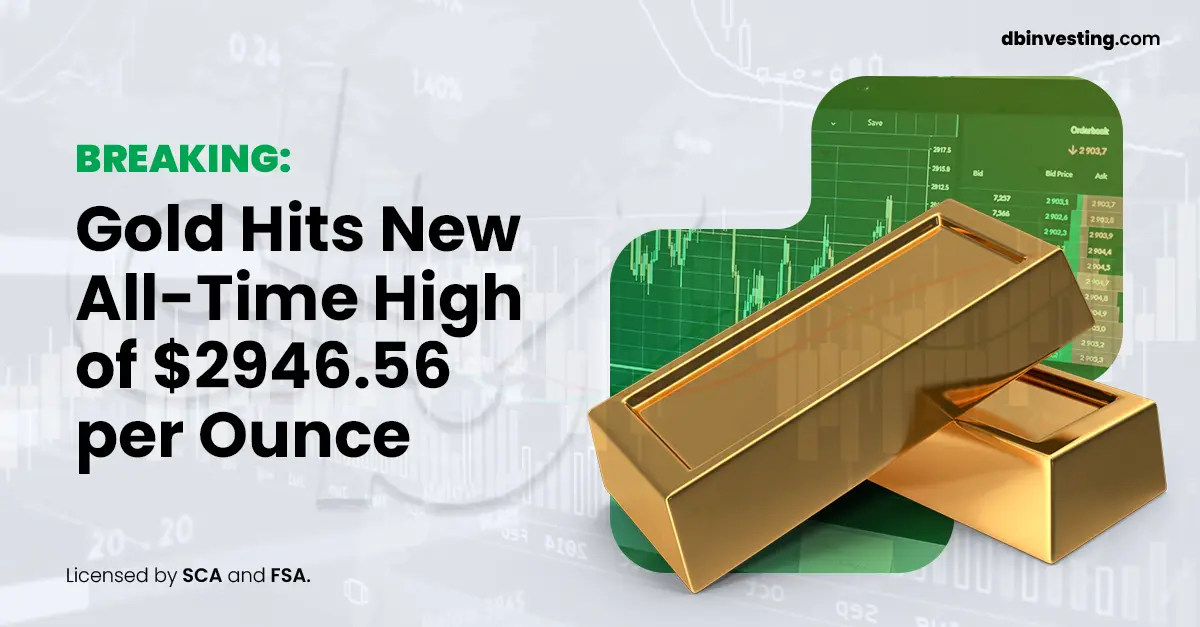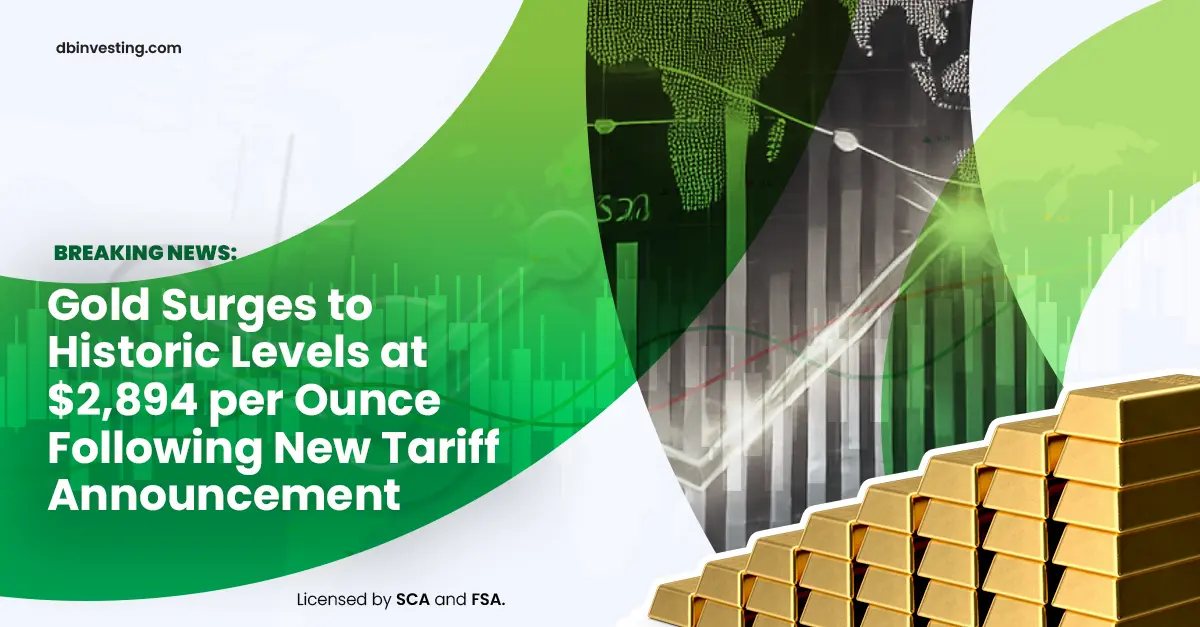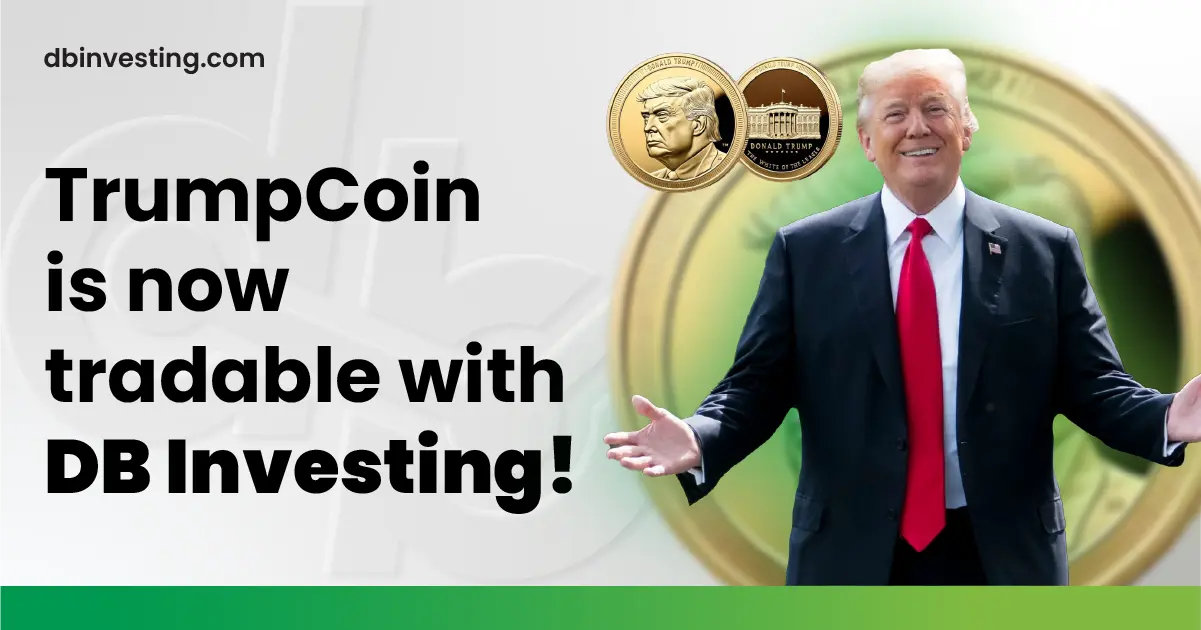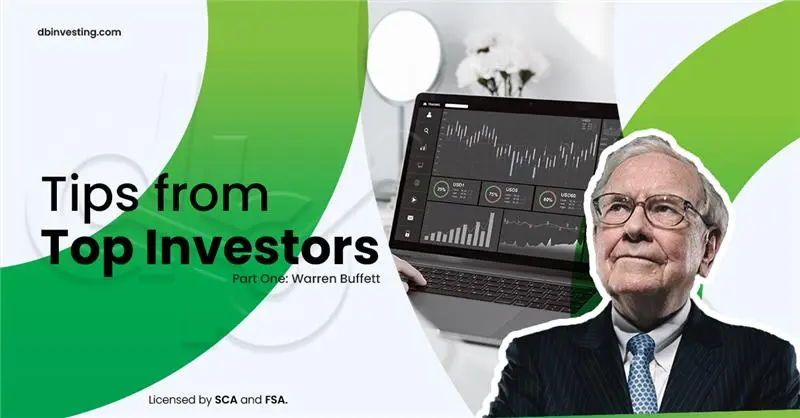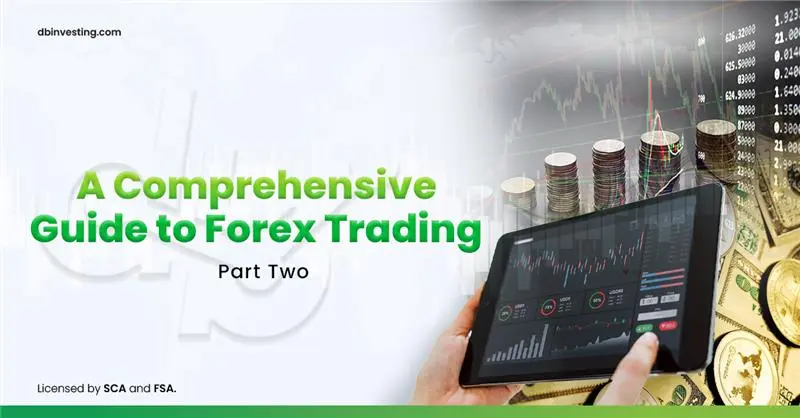With the beginning of 2025, former U.S. President Donald Trump returned to the White House with bold economic decisions that reignited the debate over trade protectionist policies. After a campaign that focused on rebalancing trade and protecting U.S. economic interests, Trump announced the imposition of new tariffs on a range of major trading partners, including Mexico, Canada, and China. This move raised concerns in financial markets and led to sharp fluctuations in stock, currency, and commodity markets, especially due to its direct impact on the dollar, gold, and major U.S. indices such as the Dow Jones, S&P 500, and Nasdaq.
Details of the New Tariffs The new tariffs were part of a wide-ranging package targeting several key sectors, including heavy industries, consumer goods, and electronics. The decisions included: • A 25% tariff on imports from Mexico and Canada, which had been exempted under the USMCA agreement. • An increase in tariffs on Chinese goods from 10% to 20%, covering consumer electronics like smartphones and laptops. • The re-imposition of a 25% tariff on imported steel and aluminum from various countries, after previously being set at only 10%. • A threat to impose tariffs on imported cars from Europe, alongside the launch of security investigations into imports of copper and timber in preparation for future tariffs.
Reasons and Motivations Behind the Decisions Trump justified these measures with several reasons, most notably:
- National Security and Combating Drug Trafficking: He argued that Mexico, Canada, and China had not done enough to prevent the smuggling of fentanyl into the U.S., necessitating the imposition of economic sanctions through tariffs.
- Protecting American Industries: The tariffs were aimed at boosting the manufacturing and mining sectors within the U.S. by reducing dependence on imports.
- Reducing the Trade Deficit: Trump believes these measures are necessary to confront the unfair trade policies of other countries, especially China.
- A Bargaining Chip: Some analysts view Trump’s tariffs as a pressure tool to gain leverage in trade negotiations with affected partners.
Domestic and International Reactions These policies sparked widespread criticism both domestically and internationally:
• Domestically, the U.S. Chamber of Commerce criticized the decision, warning that it could raise inflation rates and push the Federal Reserve to take unexpected actions. Farmers also expressed concerns about losing export markets due to potential retaliatory tariffs from other countries.
• Internationally, China responded by imposing retaliatory tariffs ranging from 10% to 15% on American agricultural products. Canada announced tariffs up to 25% on American goods, while the European Union threatened similar measures.
Impact on Financial Markets Following the announcement of the tariff decisions, financial markets experienced sharp volatility, with the impact of the new tariffs reflected across several key assets, including:
- The U.S. Dollar The dollar strengthened against the Canadian dollar and Mexican peso, as investors sought it as a safe haven. However, expectations increased that the Federal Reserve might cut interest rates if the trade war escalated, potentially causing the dollar to weaken against other major currencies.
- Gold Prices Amid growing trade tensions, gold prices surged to record levels, surpassing $2950 per ounce, as investors flocked to the yellow metal as a safe haven. This trend is expected to continue as uncertainty surrounds U.S. trade policies.
- U.S. Indices (Dow Jones, S&P 500, Nasdaq)
• Major U.S. indices experienced sharp declines immediately after the tariff announcements, with the S&P 500 losing about 5% of its value from its February highs.
• Multinational companies, especially those dependent on Chinese and Mexican imports for their production, were significantly impacted.
• Tech companies were among the biggest losers, as increased tariffs on Chinese imports raised production costs for major names like Apple and Tesla.
